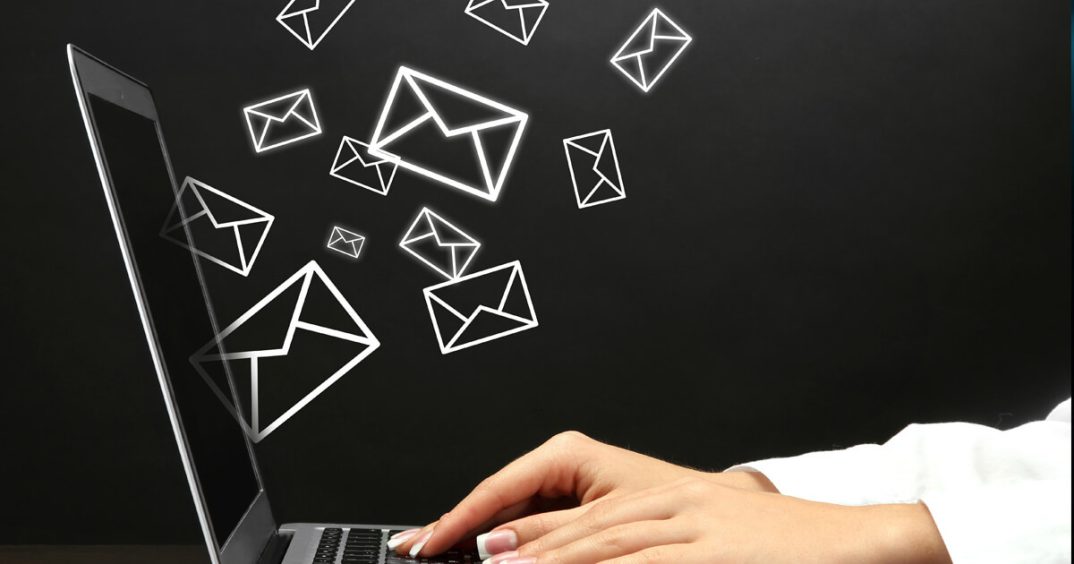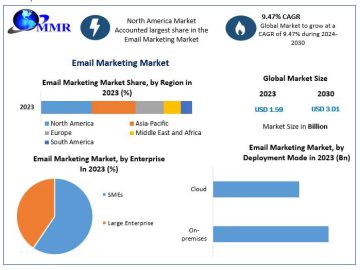Email communication remains a cornerstone of digital marketing strategies. However, the success of a brand’s campaigns hinges on one critical factor: deliverability. In the ever-evolving landscape of email security, DMARC (Domain-based Message Authentication, Reporting & Conformance) has emerged as an unsung hero, playing a vital role in protecting a brand’s reputation, improving deliverability rates, and safeguarding customers.
DMARC is an essential mechanism for marketers to ensure their brand’s reputation and customers are safe from email scams. By implementing DMARC, you can ensure that only authorized emails are sent from your domain, preventing fraudsters from impersonating your brand and sending harmful messages. This not only builds trust with your audience but also enhances the deliverability of your legitimate marketing emails.
The importance of DMARC has been further amplified as major email providers including Google, Yahoo, and most recently Microsoft tighten their DMARC enforcement policies. Without leveraging DMARC, marketers carefully crafted emails may never see the light of an inbox.
The types of email marketing messages impacted include:
- Newsletters
- New product announcements
- New content releases
- New sales announcements
- Any messages sent in bulk to more than 5,000 recipients
By implementing DMARC with an enforcement policy, which is a must-have for every brand and acts as instructions for email providers on how to handle emails from your domain, marketers protect the business while simultaneously boosting email deliverability rates.
DMARC’s Marketing Power: Visibility and Control
DMARC works seamlessly within the existing email infrastructure. The sending domain publishes a DMARC record in its DNS, specifying its policy and reporting preferences. The receiving server checks this record, along with SPF and DKIM authentication, to verify the email’s legitimacy. If an email fails any of these checks, the receiver takes action based on the domain’s DMARC policy.
This unique reporting mechanism provides invaluable insights to marketers. Email receivers send detailed reports back to the domain, indicating the authentication status of each email. For example, email receivers (Gmail) reports back to the domain (your company if reporting is set up), indicating the authentication status of each email (pass or fail). This transparency allows brands to identify potential threats and unauthorized senders to ensure that only trusted sources use the brand’s domain.
Beyond protection, DMARC also bolsters a brand’s reputation as a legitimate sender. As the brand’s reputation grows, so does deliverability, ensuring emails reach their intended recipients. At Valimail, our customers have seen a 10 percent increase in deliverability thanks to an improved sending reputation.
The Business Impact of Ignoring DMARC
Ignoring DMARC can have far-reaching consequences. When emails fail authentication checks, they are more likely to be marked as spam or rejected, leading to decreased deliverability rates, diminished brand reputation, and lost revenue. Imagine the damage to a brand if a cybercriminal sends phishing emails seemingly from the company, tricking customers into revealing sensitive information. DMARC can also impact demand generation efforts. For example, an outbound sales team uses the same IP address as the marketing automation tool to send bulk emails that ultimately get marked as spam and negatively impact the brand’s email reputation and that month’s sales conversions.
With DMARC enforcement, email recipients are aware of the domain’s preference for handling unauthorized emails. They can reject or quarantine these emails, significantly reducing the risk of fraudulent emails reaching customers. This proactive defense mechanism can save brands from financial and reputational harm.
A Step-by-Step Guide to Implementing DMARC.
DMARC is no longer a luxury but a necessity for businesses that rely on email communication. By implementing DMARC, marketers are not only protecting the brand and customers but also improving email deliverability and overall marketing ROI. Don’t wait for a cyberattack to happen—take proactive measures now. A brand’s reputation and customers’ trust are worth protecting.
It may seem daunting, but it’s a manageable process, especially when marketers partner with the IT organization. Here are the steps an IT team or service provider can take to help brands tackle DMARC:
- Set up DMARC monitor records for all sending domains.
- Recognize legitimate senders with high email volume.
- Collaborate with you and your vendors to address issues with these high-volume senders.
The email security landscape is constantly evolving. New threats and authentication standards are emerging all the time. To stay ahead of the curve, it’s crucial for marketers to stay informed about the latest developments in DMARC and related technologies. BIMI (Brand Indicators for Message Identification), for example, is a promising standard that allows brands to display their logos in emails, further enhancing brand trust and recognition.
By embracing DMARC and adhering to best practices, marketers can safeguard brands, boost deliverability rates, and provide a secure and trustworthy email experience for valuable customers.
Mary Lawler is vice president of marketing at Valimail. She has spent most of her career at tech startups in and around Chicago, including Telnyx, FourKites, and G2, and has deep expertise in project management, marketing operations, and demand generation.





